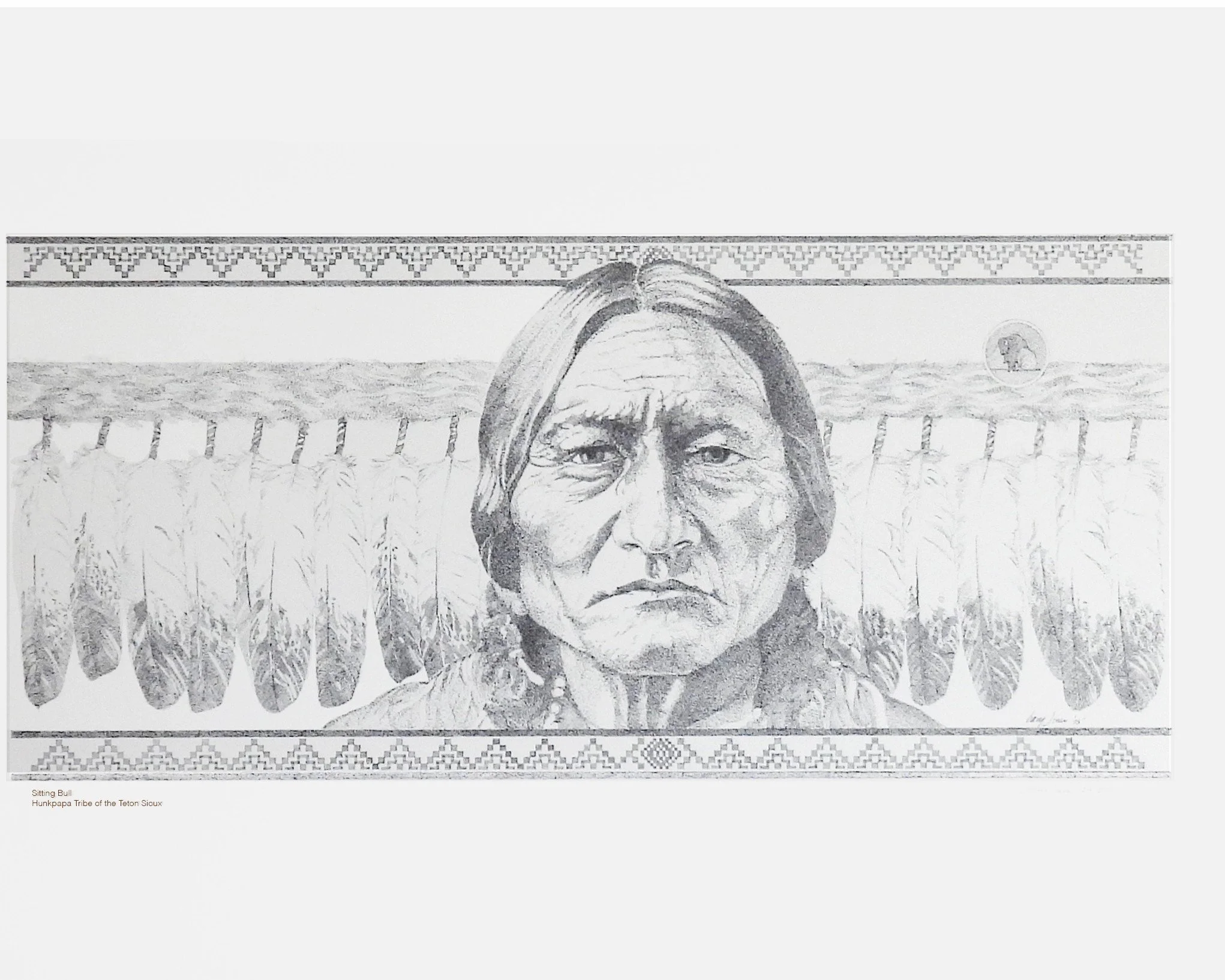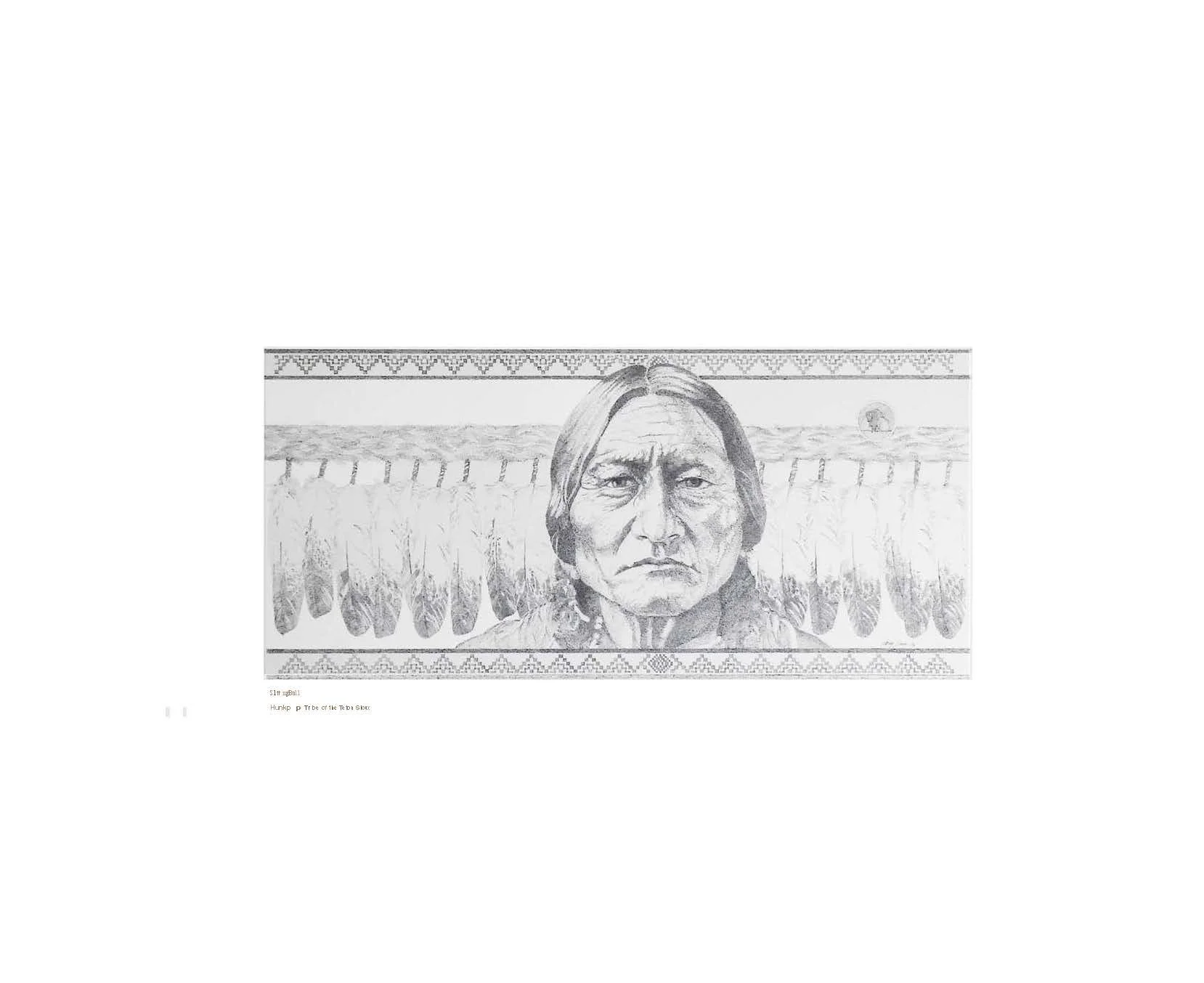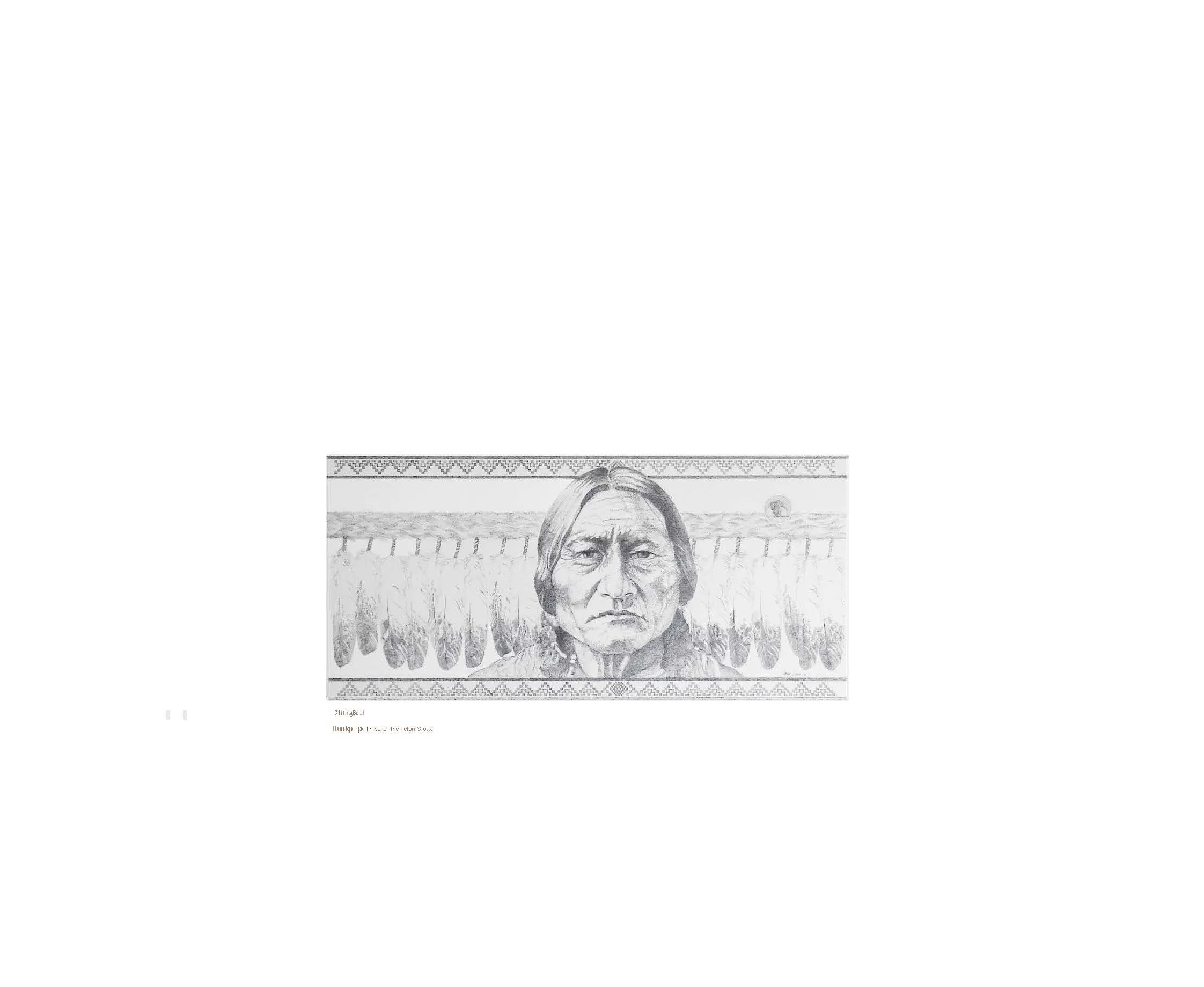Sitting Bull - Tantanka Iuotake - Hunkpapa Sioux Probably the most widely known Indian of American history. Sitting Bull represented the essence of Plains Indians. An outstanding warrior, a revered spiritual leader, a wily politician, Sitting Bull refused every attempt to reduce the Sioux lands as long as he could. Sitting Bull was born in 1831, at Grand River in South Dakota Territory, the only son of Returns-Again, a Hunkpapa warrior and mystic. Returns-Again, named his son ‘Slow’ for his deliberate, careful ways as a child. In a dream, Returns-Again was given four new names, one of which was Sitting Bull. Returns-Again took the name until Slow was 14 and had counted his first coup and he then bestowed this name, Sitting Bull, on his son. Young Sitting Bull was brave, head strong and opinionated. At 25, he was leader of the Strong Heart Society and in the 1860’s was designated chief of the Hunkpapas. Sitting Bull also had ties with the spirit world and though a dream had known he would become a leader of his people. When he became chief the greatest issue facing the Hunkpapas was white encroachment. With singleness of mind and heart Sitting Bull fought to keep his and free and his people secure. The battles he led were to preserve the Hunkpapa way of life. Sitting Bull foretold the battle of the a Little Bighorn and had know in advance his people would be victorious. He had, however, warned that the dead of the battle were gifts to Wakan Tanka and that taking of spoils would result in great grief, but his words were unheeded. In 1877, when many of the other Sioux and Cheyenne surrendered, Sitting Bull led his people to Canada but conditions there were as bad as in the south. By 1881, he had only 185 followers when he led his people back to the U.S. For the remaining nine years of his life he steadfastly opposed the selling of Sioux lands. But in 1889, when the Congress raised the offer on the land from 50¢ an acre to $1.25 and acre plus annuities for 30 years, all the Sioux chiefs except Sitting Bull accepted the terms. (The annuities were stopped the following year by ‘cost conscious’ Congress.) Later when asked how the Indians felt about losing their land, Sitting Bull snorted, “Indians! There are no Indians left but me!” In another dream, Sitting Bull saw that a fellow Sioux take his life. On Dec. 14, 1890, while being removed from his home to be taken to Standing Rock Agency, Sitting Bull was killed by two agency policeman, Bull Head and Red Tomahawk, both Sioux.



